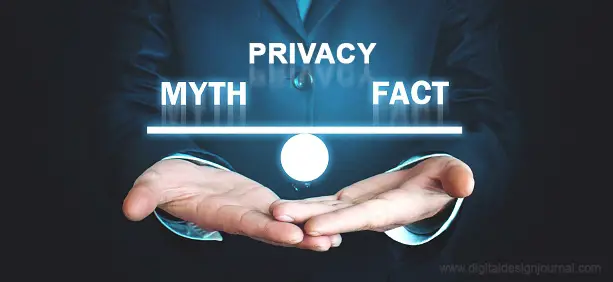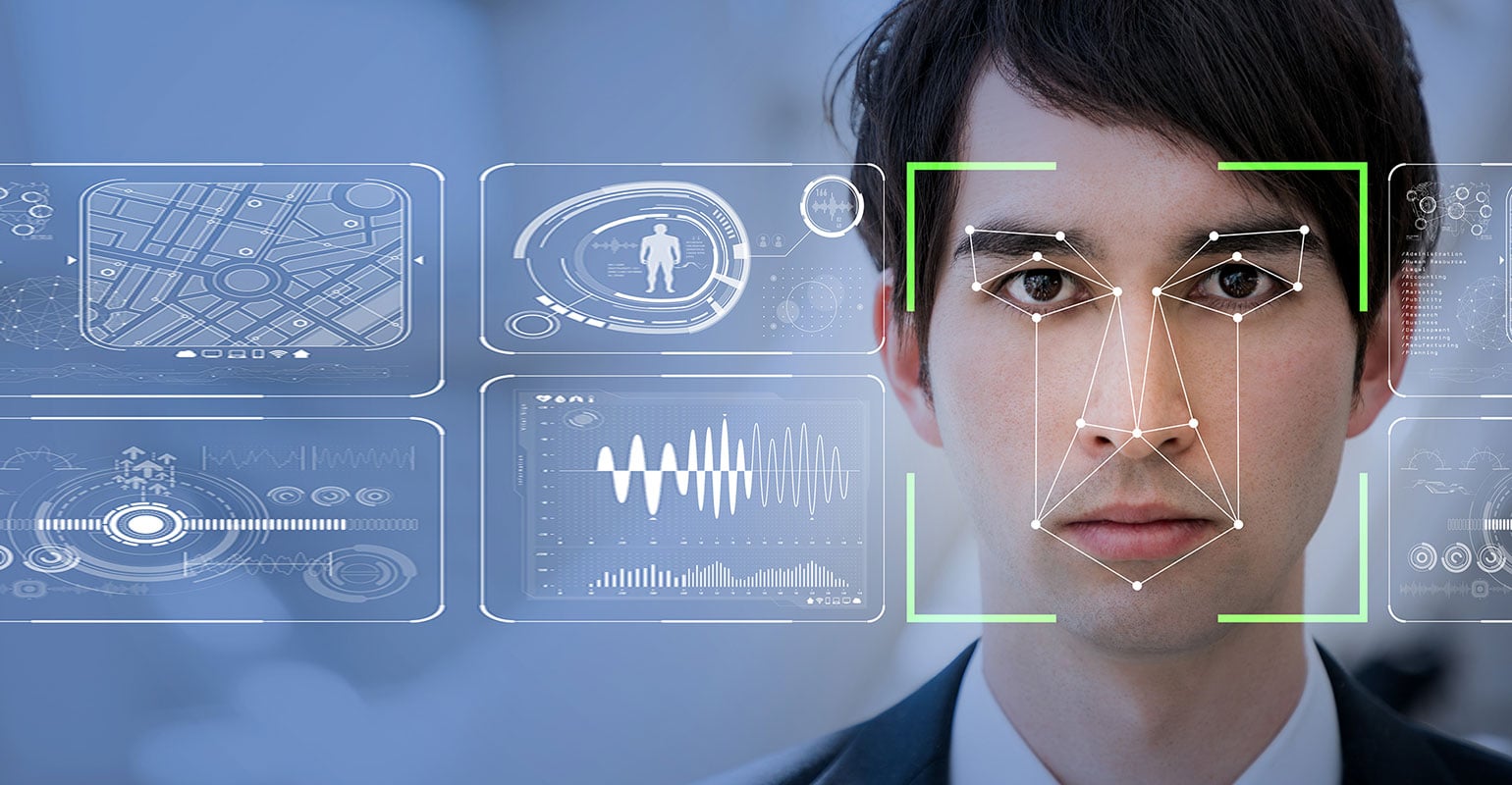The facial recognition technology has been gaining traction in the market lately. Whether it is, biometric authentication, identifying shoplifters, adding to home security, or automatically being tagged on social media platforms, the technology is driving innovation across almost every sector.
According to Markets and Markets, facial recognition technology is expected to generate $7 billion by 2024.

But, is the technology use safe? While we embrace it with open arms, shouldn’t we be bothered about how secure it is?
The data that is gathered and mined for facial recognition to work is people’s information. For instance, Facebook’s auto-tag feature on the photos uploaded has attracted a lot of criticism for the social media giant. The problem was that Facebook never sought permission from its users to activate the new feature for their profiles, in turn, jeopardizing their privacy and security. And, consequently, they had to also pay for it after settling the lawsuit against them in the form of $550m.
There is no doubt that technology brings humongous opportunities to the table and makes lives easier, but what it asks in return, concludes into a complicated technology-human relationship.
We will discuss how facial recognition is a threat more than a blessing, but before that let us understand it’s working.
Working on Facial Recognition Technology
Facial Recognition technology is a programmed system that analyzes digital images or video footage for identifying and verifying an individual’s identity. It does so by mapping the user data across databases available. And, that is not it! The technology also analyzes the personal data of the identified person, which brings a threat to society.
The process of recognizing the identity of an individual, through this technology is as follows:
- The system captures the images or video stills for scrutiny. The system works at its best when the person is looking right into the camera at a 90-degree angle.
- The system reads and analyzes the geometry of the face using nodal points, i.e., the distance between eyes, nose width, cheekbone shape, eye socket depth, and jawline length. You would be surprised to know that a human face includes about 80 such nodal points, which then help in defining the facial signature.
- The facial signature exists in the form of a mathematical formula which is then mapped across the databases available. If there is a match, the identity of a person gets verified along with other supporting data.
Here are the Harmful Effects of Facial Recognition Technology

Now that you understand the working of a facial recognition system, here are some of the risks of using the technology.
1. Threat to Privacy
Data collection and its ongoing accessibility by the facial recognition system is conducted by businesses without the user’s permission. It is similar to a stranger clicking your photographs on a street without you even knowing it. Doesn’t that sound bizarre?
To worsen the situation, the data and facial signature would be stored across databases for any future references. Just like what Facebook does, as already mentioned above. The funny part is that these systems are not even 100 percent accurate. Imagine two people with familiar face geometries and features being misinterpreted by the system. It would be an identity hoax that would lead to confusion down the line.
2. The Security Issue
The introduction of the facial recognition system is certainly good technological progress as it is adding to ease of identifying criminals who tend to pose several identities. Not only the public security sector, but other sectors across the globe are gaining advantage from the technology too. But, that doesn’t mean that one needs to overlook the bigger picture.
The databases that accommodate the A-Z of data of an individual are stored in virtual cloud servers. This would mean that the data is vulnerable as it can be possibly breached by hackers. This isn’t an ideal scenario at all!
Analyze the worst-case scenarios – Information can be accessed illegally, data can be stolen, data can be replaced with inaccurate data, data can be erased from the databases, data can be used for conducting illegal activities, and data can be sold inappropriately on the dark web. All of the dangers are equally intense and add to anxiety and fear.
So again, do you think facial technology is worth all of it?
3. The Identity Hoax
Assume this scenario – John committed a crime and is currently running from being penalized in the court of law. He has a doppelganger, Liam, with almost the same facial features. Liam is a banker and lives a reputed life. Liam is heading on a holiday with his family members to Miami, and authorities stop him at the airport for investigation.
Liam did not do anything, so what exactly went wrong? The facial recognition system at the airport mapped him incorrectly and concluded him to be John. The actual criminal runs away and a reputed gentleman pays for the price. Now, that is called an identity hoax.
Facial recognition system is still an evolving technology, which should not be relied on completely. This could even pose a threat to the technology holders. Because later, people like Liam can file lawsuits against the misidentification and are highly likely to win. Indeed, a scary situation both ways.
4. Intensifying Criminal Offenses
People have a right to live their lives the way they want, and the same applies to their occupational preferences and lifestyle. Nobody gets the right to use the destructive power of technology to stalk a person and harass them for their life choices.
It seems that facial recognition systems have been contributing to such offenses lately. A Russian face recognition app, “FindFace,” identified women and also harassed them, as the system claimed them to be working for pornography websites. This dark part of the technology was totally uncalled for.
The above situation also gives an idea of how technology can be manipulated for triggering criminal activities. If you come to think of it, facial recognition can be used by serial killers or obsessed individuals for tracking information illegally.
5. Sexual & Racial Discrimination
That may sound obnoxious in the present times, but facial recognition apps have been differentiating people based on their color and gender.
According to the NY Times, 35% of facial recognition errors happen when identifying dark-skinned women, compared to 1% for white males.
The report even stated that the results of facial recognition are 99% accurate if the individual is a white male. The darker the skin tone, the harder it is to identify a person. This biasing by the system is making this world an unfair place to live.
Do you know Google once apologized for this in 2015? Google’s facial recognition system recognized Africans as “Gorillas,” in Google Photos. This miscategorization led to several debates and controversies down the line. A representative was quoted as saying, “Image labeling technology is still early and unfortunately it’s nowhere near perfect.”
But, such imperfect instances might become the reason for people trusting these organizations less.
What can be done to fight the Dangers of Facial Recognition Systems?
Boycotting facial recognition systems completely should not be the conclusion as the possibilities of the technologies are immense. But, there certainly needs to be protocols and regulations around how the people’s data, security, privacy, and other concerns are handled.
Here’s what can be done to address the perils of facial recognition systems –
- Stringent Protocols: Strict regulations should be laid out by the respective governments revolving around facial recognition technology. Businesses that are coming forward with new facial recognition applications should be closely monitored for ensuring their compliance with the set regulations. In case, there is a dispute reported, strict actions should be taken without any exception.
- Permissions should take Precedence: If any facial recognition app is using user’s data on the web, the respective system should seek permission. It should be a matter of choice for the users whether they are ok with sharing their data and facial signatures or not. This is a great solution if a business does not want to run into any backlashes in the long run.
- Controlled Environments: Facial recognition systems should be deployed in controlled environments, i.e., having stricter regulations of its own. The systems should be programmed in a way that essential restrictions are implemented. This helps the system to stay on track and do only as much is required without violating the security and privacy protocols.
- Policy Transparency: The responsibility again comes to the businesses that are creating & launching facial recognition apps in the market. Before these companies use pictures to identify people, all the terms and conditions should be kept transparent. People should know beforehand how this technology is safe so that they are willing to share the data with the companies. This also adds to the customer experience, which is essential in this digitally driven era.
Conclusion
The facial recognition system is likely to make this world a better place in the coming times, but sometimes, the risks of this technology can outweigh its benefits. And, these risks, in turn, can make this technology less credible and reliable.
All the cons discussed above are real, as instances around these concerns have also been reported. Some cities have also banned the use of technology, with San Francisco in the US being the first one to ban the use of facial recognition software for police and other local authorities.
So, the answer is simple – Either do everything to control the possibilities of the technology by introducing stringent protocols or facial recognition will continue to be seen as a threat.

